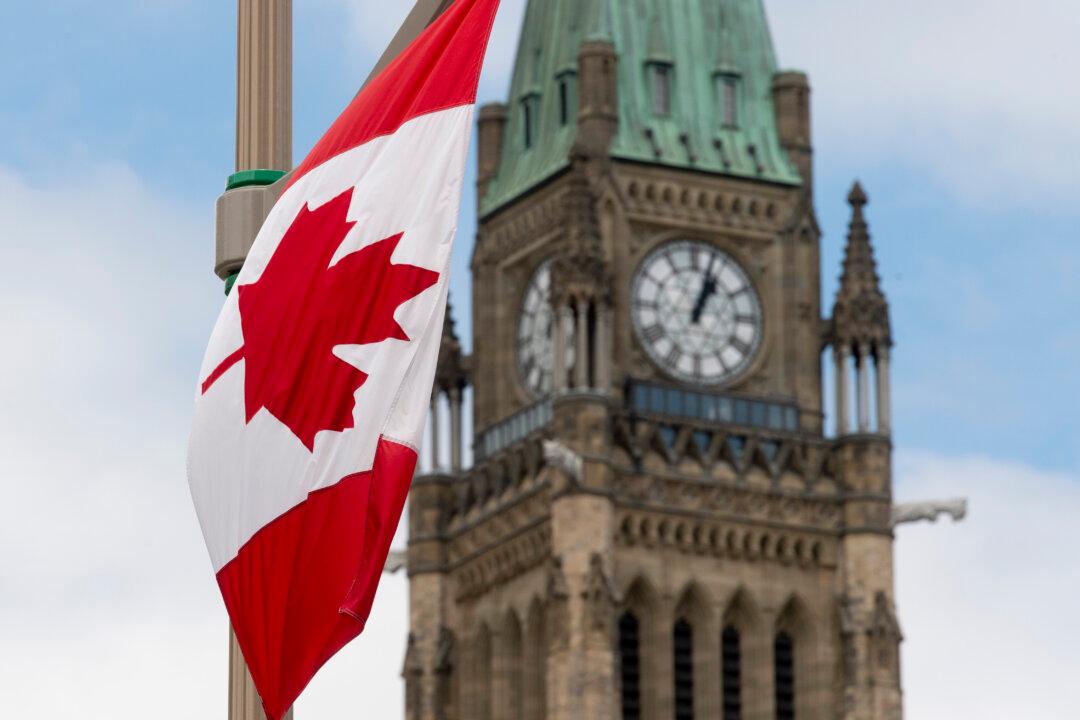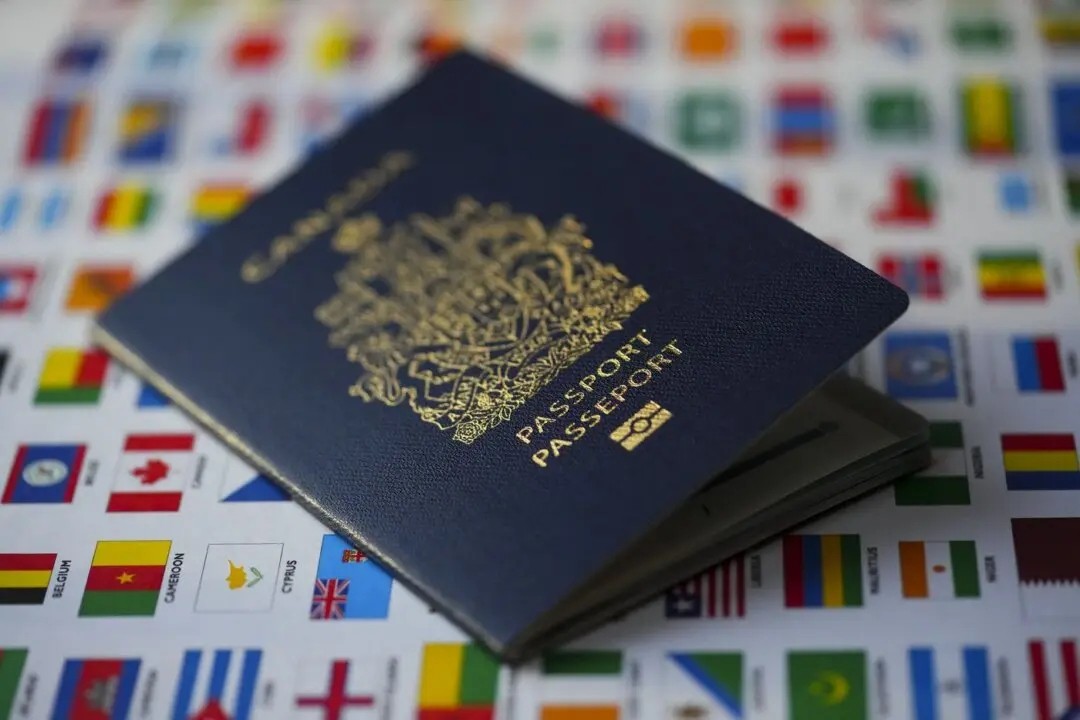While Canada’s governing politicians have often used gross domestic product (GDP) growth as evidence of strong economic performance and successful policy, a new study says if the cited figures don’t account for population changes, they present a “misleading picture.”
“Canadian governments of all stripes have for many years touted Canada’s economic growth using the overall GDP growth rate. But because of Canada’s massive spike in population in recent years, not adjusting GDP growth for population changes provides a misleading picture of the country’s economic performance,” said study co-author Ben Eisen, a senior fellow at the Fraser Institute, in a news release on April 11.





